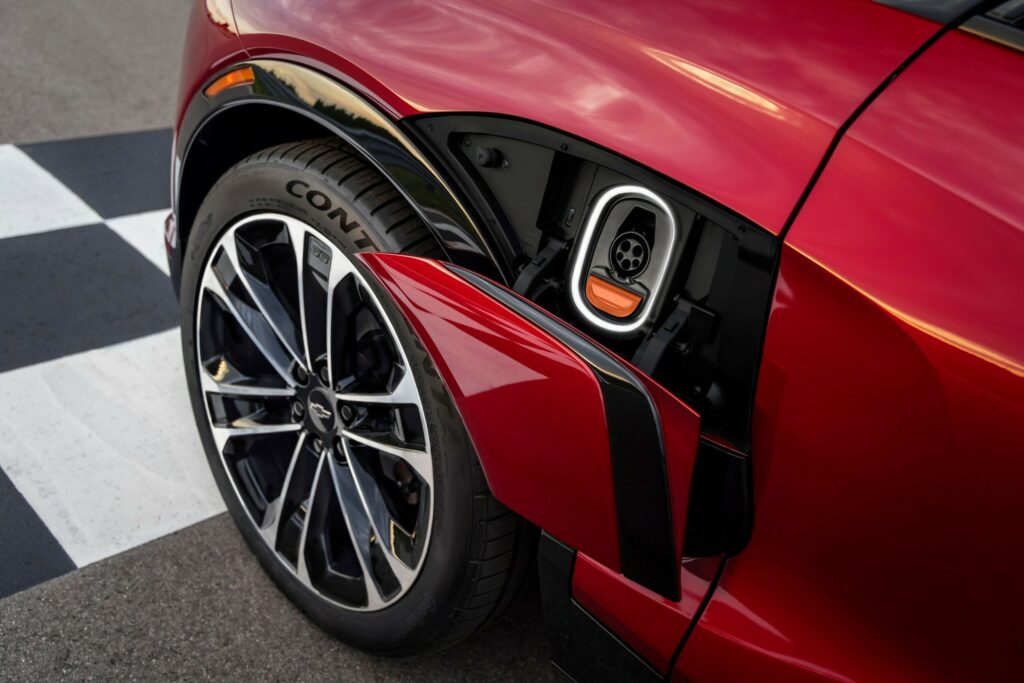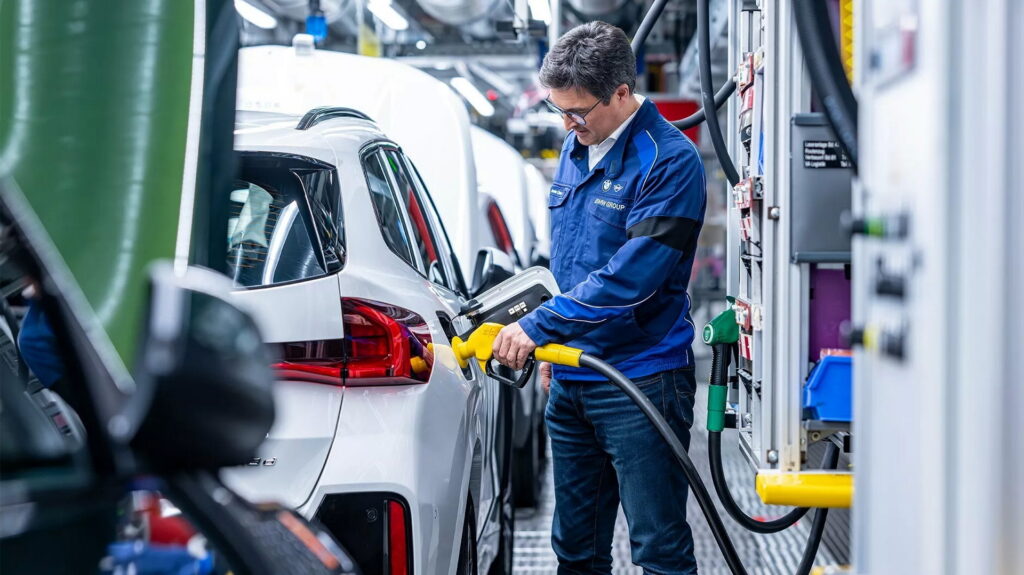- Researchers have raised concerns about toxic emissions from car brake pads.
- The study found brake emissions could be more harmful than diesel fumes.
- Even EVs pollute via their brakes, though they also employ regenerating braking.
Electric cars are hailed by many supporters as a key tool for reducing global warming as well making our air cleaner to breathe. But EVs might not be the panacea some think they are. New research suggests brake dust, which is emitted by both EVs and ICE cars, is so toxic that it’s more harmful than sucking up a lungful of rolling coal.
That might come as a surprise, considering EVs rely heavily on regenerative braking, which significantly reduces the use of traditional friction brakes. However, EVs are also significantly heavier than their internal combustion (non-PHEV) counterparts, meaning when they do use their brakes, they generate more dust per stop.
Brake Pad Toxins: The Dirty Secret of Stopping Power
Scientists from the University of Southampton in the UK looked at the effect on lung health of emissions particulates from different types of brake pads. One type of pad had a low metallic composition, while the other three were semi-metallic, non-asbestos organic and hybrid ceramic.
Related: Americans Increasingly Don’t Believe EVs Are Cleaner Than ICE Cars
Normally we associate anything with the organic label as being healthier for us, but in tests the non-asbestos organic pads induced the most inflammation. They were assessed as even more toxic to human lungs than diesel emissions. According to the study’s authors, it’s these kind of pads that are most common in the US because they’re cheap, quiet and have a fairly low wear rate.

Developed to replace older, asbestos-containing pads, they contain copper fibers, which improve thermal conductivity, something the asbestos previously provided. Asbestos was removed from the mix because of its links to lung disease but the copper dust in the modern pads was found also to be linked to lung ailments like cancer, asthma and chronic pulmonary disease.
Regulations Are Coming—But Slowly
California and Washington in the US have both passed laws to reduce copper content in brake pads, though the report says this was pushed through with an eye on eradicating runoff and protecting aquatic life, rather than protecting our lungs. And Euro 7 emissions regulations that come into play in 2026 will also start to limit brake dust emissions, though presumably that will only affect new cars and not parts available for existing ones.
As things stand, there’s very little regulation around the world governing non-tailpipe vehicle emissions, including from tires, which are another big source of dangerous particles. As mentioned, EVs do use regenerative braking, but they also have conventional friction brakes, so do produce brake dust, and they tend to be heavier than ICE vehicles, meaning they produce even more tire pollution.





